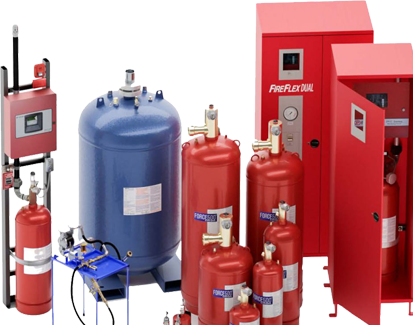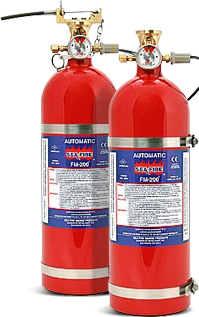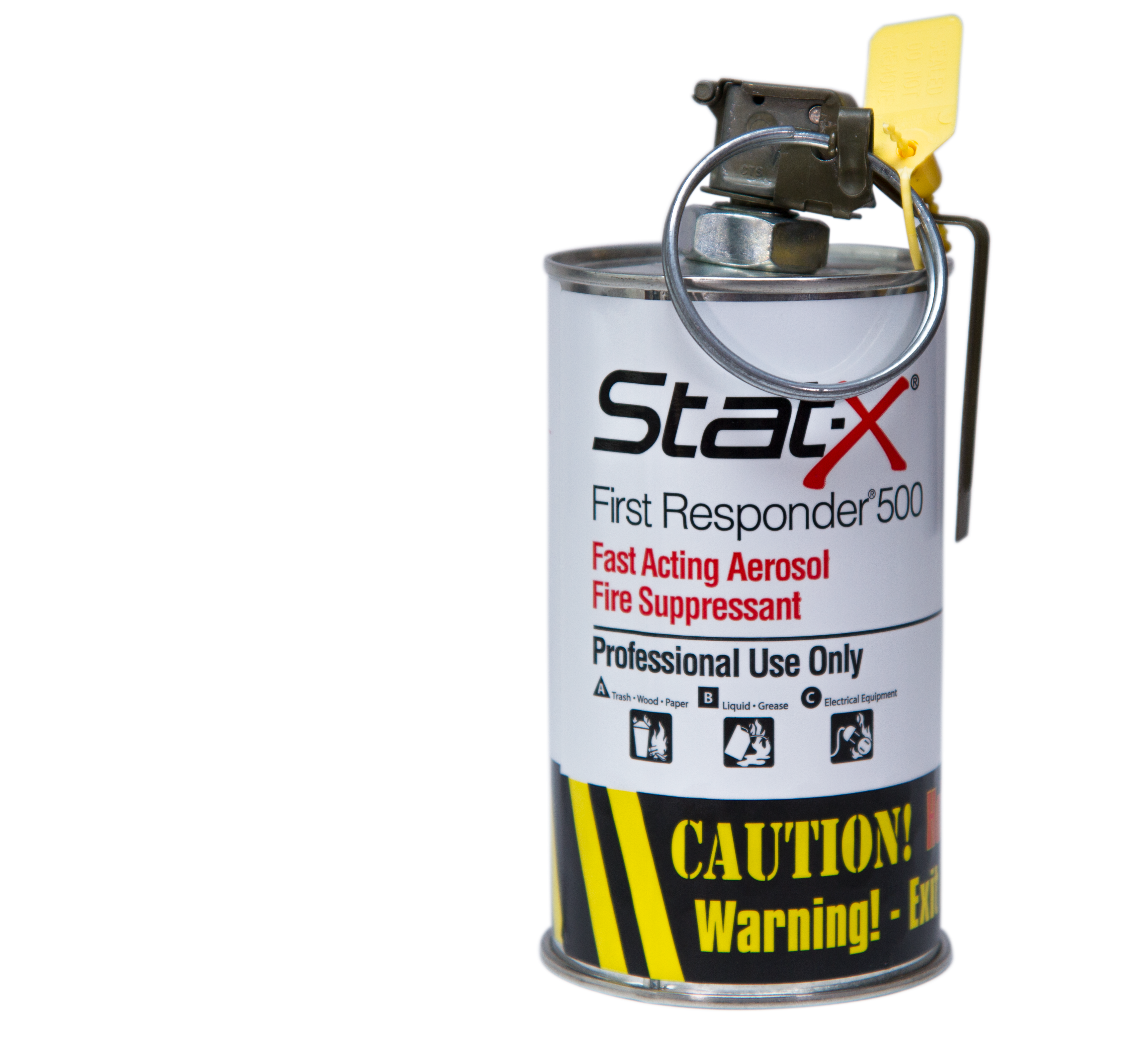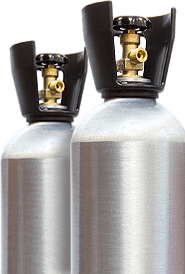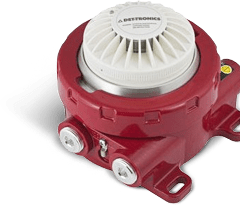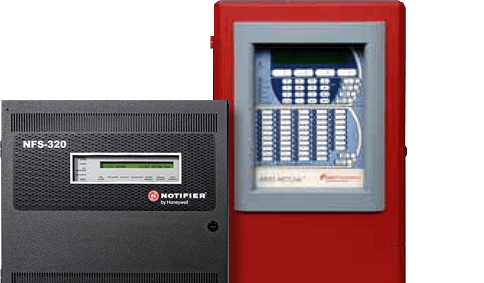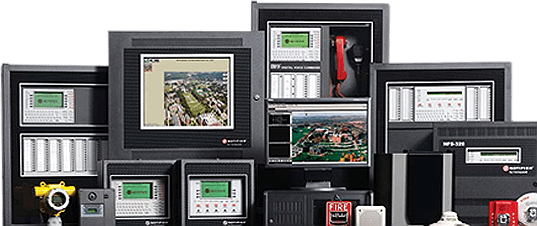What Type of Suppression System Works Best for Computer Room Fires?
What Type of Suppression System Works Best for Computer Room Fires?
The modern era of competitive business has seen a move towards an almost complete reliance on IT resources to manage an ever-growing surplus of data. This data management has served as a powerhouse for booming businesses worldwide. With the growth of information technology, the need for supportive infrastructure in the form of data servers and computer rooms has become a priority. Also see Kidde Special Hazard Fire Suppression Best Practices https://www.controlfiresystems.com/products/fire-suppression/special-hazard-fire-suppression-best-practices/
Why Computer Rooms Require Special Protection
Explore further
Under the NFPA 75, the US National Fire Protection Association Standard for the Fire Protection of Information Technology Equipment, it is recommended that organizations take certain standard precautions, beyond basic fire alarm systems , to prevent and address any fire threat posed by their technical operations. These regulations serve to ensure the greater safety of employees working within or near computer labs or data centers, but to also safeguard the electronic assets within them from damage or destruction.
Many companies invest heavily into sophisticated state-of-the-art servers to contain and manage critical business data essential to their survival and growth. For most, the economic losses associated with a major technical dysfunction, like that of a computer room fire, could be devastating.
The following will most likely occur if you don't have the right system in place:
Service disruptions to customers
Damage or destruction of expensive electronic equipment requiring repair or replacement
Loss of vital databases
Costly and time-consuming site cleanup and repairs from fire and water damage
People also search
What Suppression System Works Best in Computer Rooms?
Since Halon, the former predominant fire suppression system agent, was revealed to be environmentally destructive to the ozone, companies have looked toward other alternatives such as clean agent systems and inert gases to solve their need for computer room fire systems. Like Halon, both clean agent and inert gas systems provide safer options for the preservation of sensitive electronics by avoiding the risk of water damage.
Clean agent fire suppression systems use chemical-based agents to absorb the heat of a fire.
-
Novec 1230 is a leading product in fire protection for computer rooms, data centres, art galleries, Medical Centres & labs, Archives, Diesel Generators and more.
"3M™
Novec™ 1230
Fire Protection Fluid is a clean agent fire extinguishant which was developed as a halon 1301 replacement and hydrofluorocarbon (HFC) alternative. It belongs to a family of chemicals called halocarbons, a group which includes HFCs and fluoroketones. Novec 1230 fluid is a fluoroketone, while chemical clean agents like FM-200™ and ECARO-25® are HFCs (HFC-227ea, HFC-125). Novec 1230 fluid has a global warming potential (GWP) of less than one while these HFCs have a GWP of more than 3000. Novec 1230 fluid has the highest margin of safety for human occupancy among clean agents, including inert gas."
Inert Gas systems work by reducing the oxygen available to a fire by displacing it with other gases such as Argon or Nitrogen. Normal oxygen levels of 21% are lowered to <less then 15% but above >11% for occupied spaces.
These systems are non-ozone depleting with short atmospheric lives. They are non-conductive, as well as non-corrosive which protects against damage caused by the act of extinguishing the fire as with other suppression agents like chemicals and water. In addition, they leave no residue and, as a result, avoid costly and time-consuming post-fire cleanups.
In the arena of corporate competition, preparedness for both the expected and unexpected has become a key to survival and growth. While corporate risk assessors try to anticipate fluctuations in business operations, there are circumstances and possible risks that lie beyond their foreseeable projections. In the wake of an unforeseen event, like a fire, the most effective buffer to a devastating loss is the proactive installation of measures and systems equipped to minimize damage.
For more information on systems to safeguard computer rooms and data server sites from fire and water damage, contact Control Fire Systems for your free consultation and quote. For safeguarding computer rooms from the unique fire risks they present, the choice of an effective fire suppression system is crucial, and Control Fire Systems offers a range of Kidde fire suppression systems designed to provide optimal protection in these critical environments.





